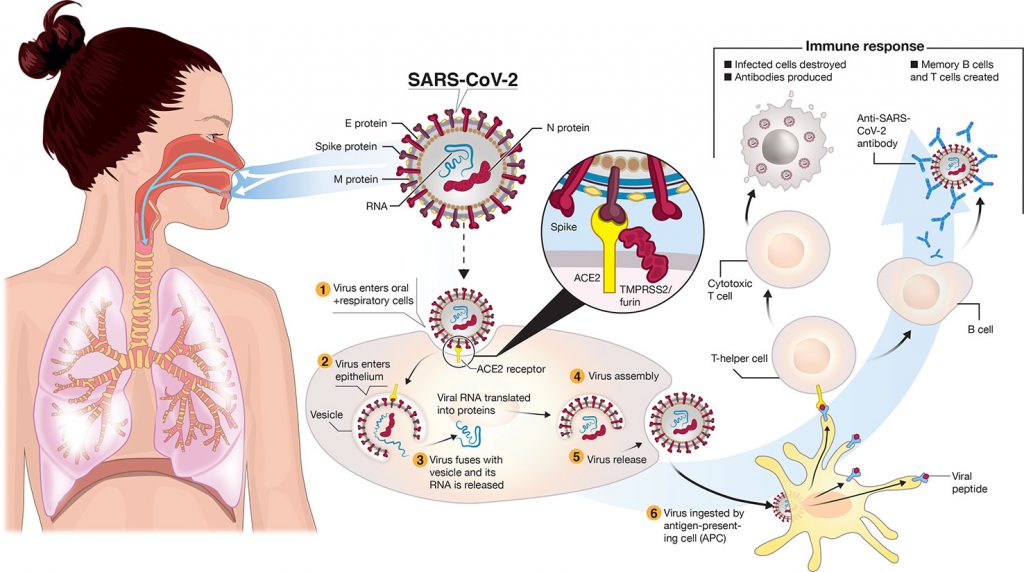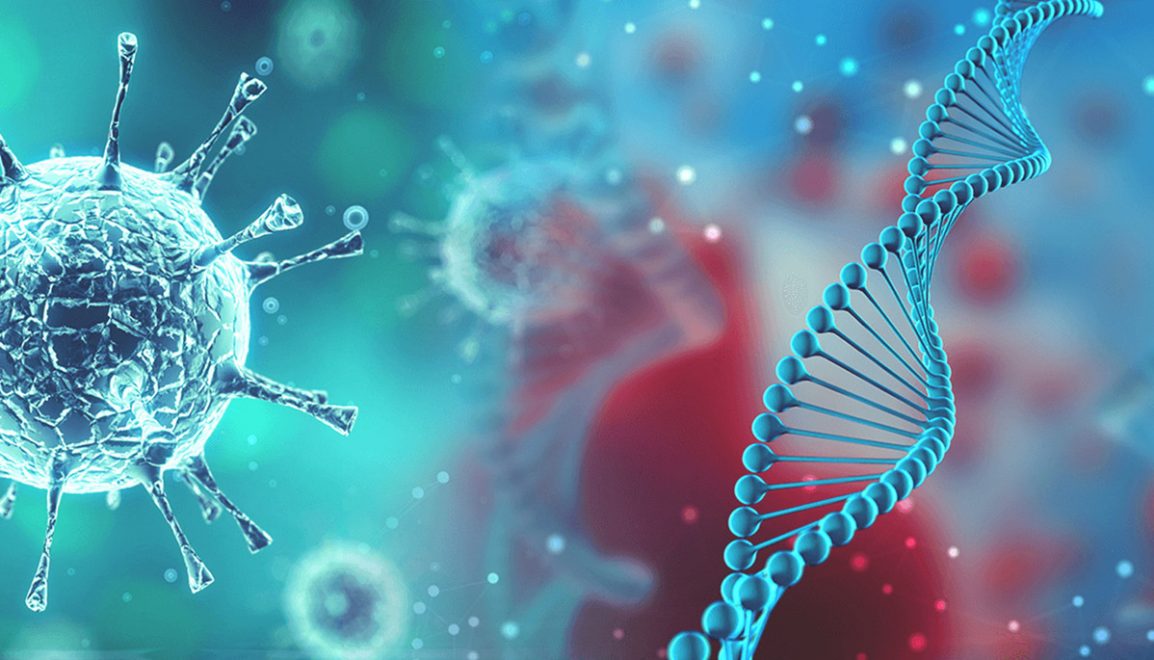Introduction
The coronavirus that is emerging today is the cause of the virus that has grown into an epidemic across the globe, and has caused the worldwide economic downturn.
The COVID-19 disease has posed a threat to public health on a large scale and has required the authorities of the globe to adopt an extended lockdown in order to stop the chain of progress.
As per The UN Secretary General of the United Nations, the current situation because of COVID-19 is reminiscent of the conflicts that been experienced in World War II. In the world, more than 16 lakhs of people have been affected by the disease and has led to more than 82,000 deaths across the globe.
Origin of COVID-19

The COVID-19 was first discovered from Wuhan, the Chinese city Wuhan in the month of March of 2019, when local health officials stated that this viral illness was passed from animals to human beings. Go for rapid covid test.
Since the time, it has spread to various countries around the world. The disease is present in more than 100 countries around the globe. Since it is a brand new virus there is no medication or vaccine available to treat this virus. Since the beginning of December last year there have been numerous attempts to study the mysterious coronavirus.
Although there is a vast amount of information available however, there isn’t much about the recently mutated coronavirus. In this article, we’re going to go over the most elusive facts and information regarding the virus.
The Facts We Know About Novel Corona Virus
- The newly muted virus was first identified by Wuhan, a Chinese town of Wuhan where people contracted the virus through products that came from cattle.
- Corona Virus is scientifically called SARS-CoV-2.
- Since the illness was first identified during the year of 2019 it is believed that the World Health Organization (WHO) has named it COVID-19.
- A few days ago, WHO has decided to label this COVID-19 as ‘Pandemic’.
- The virus is part of the family of viruses that cause illness that range from mild colds to serious illnesses. A few of the serious diseases caused by this group of viruses are Severe Acute Respiratory Syndrome (SARS) and Middle East Respiratory Syndrome (MERS).
- The most frequent routes for transmission of virus include physical contact with or the droplets of sneezed or coughed blood emanating from the person infected.
- The virus is highly contagious.
- The symptoms are not severe in initial stages for the affected person and the symptoms pick up after a time. The symptoms of COVID-19 include dry cough sore throat, fever, nasal congestion, fatigue or diarrhea, as well as a runny nose.
- Around 80% of those suffering from COVID-19 heal without medical intervention. However, every single person in six suffers from severe illness and requires medical attention when they experience breathlessness.
- People who are normal can prevent getting this illness by watching their social distancing by washing their hands using soaps or hand cleaners regularly, avoiding the practice of touching their nose, face, and eyes, avoiding travel and putting an end to the habit of handshakes and hugging.

After going through the most important facts let’s now take a take a look at some of the unknown facts regarding this disease.
- Since there isn’t a prescribed treatment for COVID-19. All patients receive is support treatment that is based on the symptoms caused by the.
- The Corona Virus have been developed by countries such as those of the U.S. and China. But, they are currently being tested in clinical tests in these countries, which is an essential step before obtaining approval from local authorities.
- An individual with COVID-19 infection on average can transmit this virus to two or three other people.
- Most people over the age of 65, children younger than 10 years old, as well as those with weak immune systems or existing medical conditions could develop serious illnesses. According to medical professionals those with heart issues or diabetes and high blood pressure or lung infections in the past could be afflicted with serious diseases as a result of exposure to the virus.
- When a person who is ill coughs or sneezes droplets that are released carry the virus. The virus particles in the suspended droplets in the air remain infective for approximately 3 hours in suspended droplets that are airborne.
- While wearing masks for face doesn’t guarantee 100% protection against COVID-19 infection It is recommended to those who are infected by viruses to wear them in order to prevent the spread of sneeze or cough droplets within the air. Even those suffering from common colds and coughs are advised to wear a masks to prevent the spread of cough or drops of sneeze. People who are healthy do not need to wear masks.
- Although there isn’t any evidence available to support the recurrence of COVID-19 However, there have been instances of people contracting the infection after having recovered completely from it before. As an example a Japanese woman was said to have contracted the virus again after having recovered from it previously.
- Despite the widely held belief that COVID-19 infections tend to decrease during the summer months it has been observed that there is an increase in instances in all climate regions. This is the reason one reason why WHO has clarified that the transmission of the disease is not a result of climate.
- There isn’t any information to indicate when the COVID-19 disease is likely to end and the world will resume normal.
- Although there isn’t any evidence that suggests the spreading of Corona Virus among pets or pets however, there was a case that involved an animal at the zoo who contracted the COVID-19 disease. More information is needed to verify this assertion.

